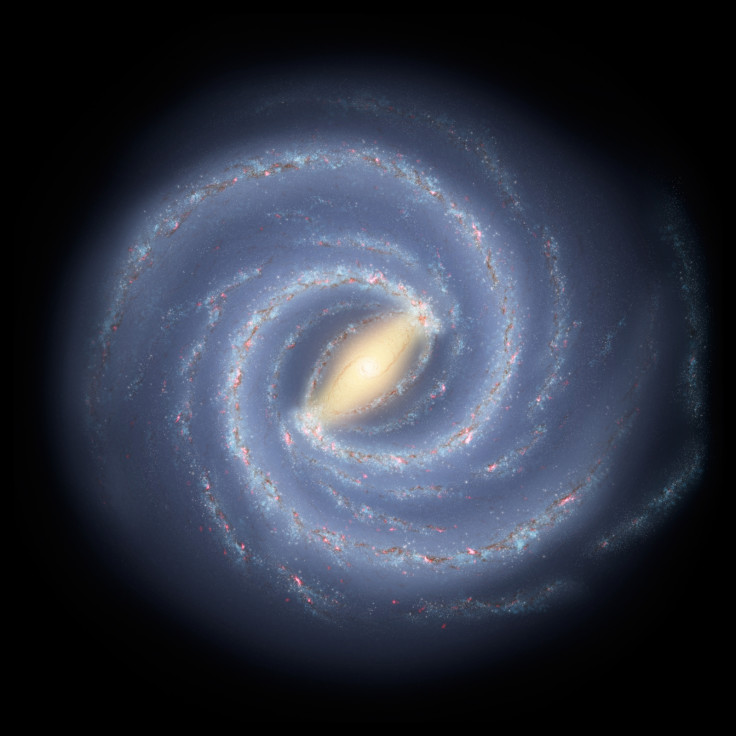New Gamma Ray Signal from Milky Way 'Indicates Dark Matter Collisions'

A fresh gamma ray signal from the Milky Way's core has led scientists to conclude that it is likely to be the result of dark matter collisions in the region.
Gamma rays are in abundance in the centre of our galaxy, as evidenced by the Fermi Gamma-ray Space telescope.
One of the theories about dark matter says it is made of "weakly interacting massive particles," or Wimps. Possessing properties of matter and antimatter, when two Wimps meet they are thought to annihilate each other on contact, creating gamma ray light in the process.
The explosions could also create cosmic ray particles which might collide with other particles of starlight and be boosted into the gamma ray range, reports Scientific American.
This secondary component of radiation, called inverse Compton scattering, has now been detected by scientists.
University of California, Irvine scientists Anna Kwa and Kevork Abazajian presented their findings at the Fifth International Fermi Symposium in Nagoya, Japan and submitted their paper to Physical Review Letters.
While other astrophysical processes like pulsars can also create both types of gamma ray signal, the team believes the case for dark matter is the most likely.
The Fermi telescope team that has been looking at the gamma ray signals from the galaxy core agrees that dark matter could be behind the new finding.
Dark matter is believed to make up over 85% of the matter in the universe. Invisible to radiation, it is only perceived from invisible effects like gravity or from the results of its interaction with matter.
© Copyright IBTimes 2025. All rights reserved.





















